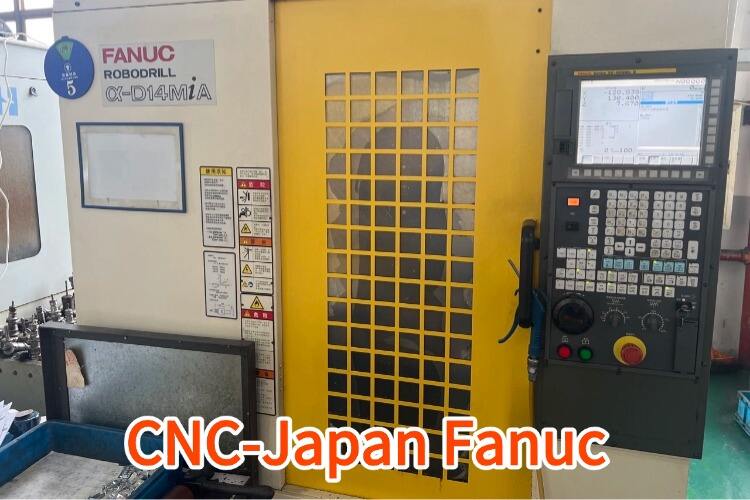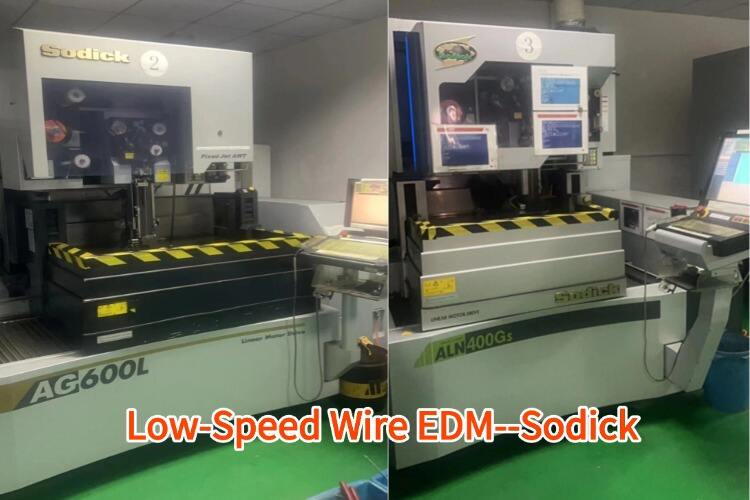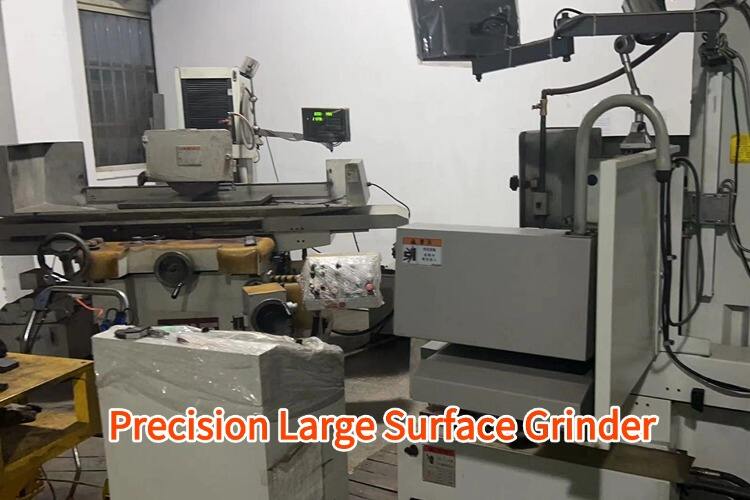precision metal stamping
Precision metal stamping is a sophisticated manufacturing process that transforms flat sheet metal into specific components through controlled deformation. This advanced technology employs specialized tools and dies to create complex shapes and forms with exceptional accuracy, often achieving tolerances as tight as +/- 0.001 inches. The process involves progressive dies, which perform multiple operations in sequence, including cutting, bending, and forming, to produce components efficiently and consistently. Modern precision stamping equipment integrates computer-controlled systems and automated monitoring to ensure reproducibility and quality control throughout production runs. The technology excels in both high-volume production and specialized manufacturing, supporting industries ranging from automotive and aerospace to electronics and medical devices. The process is particularly valuable for creating intricate components that require consistent quality and precise specifications, such as electrical connectors, automotive brackets, and medical device components. Advanced stamping facilities utilize state-of-the-art equipment with real-time quality monitoring systems, ensuring each component meets exact specifications while maintaining cost-effectiveness through efficient material usage and minimal waste generation.


